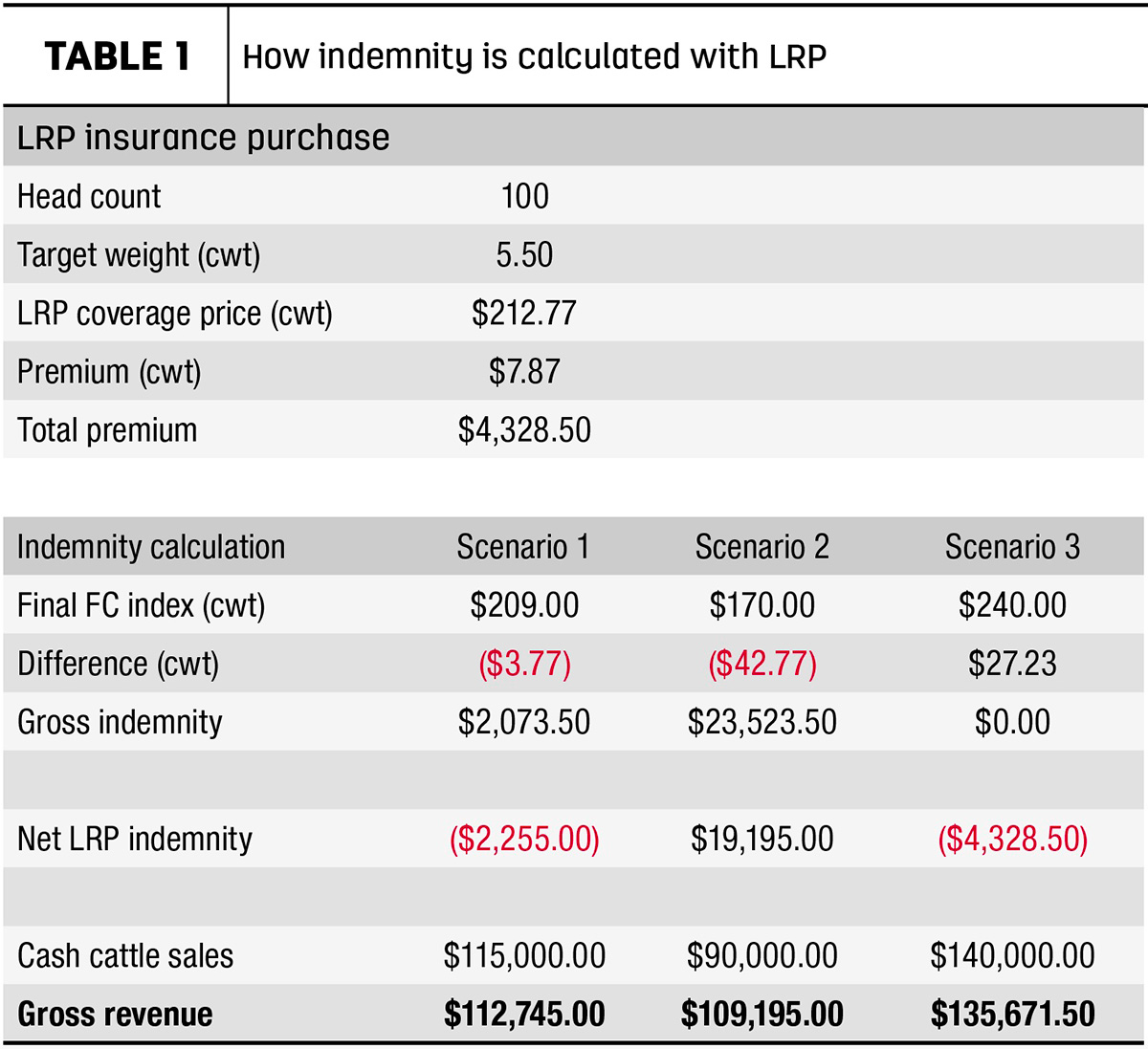Encourage Your Service: Bagley Risk Management Insights
Wiki Article
Trick Variables to Consider When Choosing Animals Threat Protection (LRP) Insurance
When evaluating choices for Animals Risk Defense (LRP) insurance, a number of vital elements necessitate careful consideration to make certain effective danger monitoring in the agricultural industry. Picking the right protection alternatives tailored to your particular animals procedure is paramount, as is comprehending exactly how exceptional prices correlate with the level of defense offered.Insurance Coverage Options
When thinking about Animals Danger Defense (LRP) insurance, it is important to comprehend the different insurance coverage alternatives readily available to minimize threats in the farming field. Animals Danger Security (LRP) insurance coverage provides different coverage options tailored to meet the varied needs of animals producers.Another essential protection choice is the endorsement duration, which establishes the length of time the coverage holds. Producers can pick the endorsement duration that ideal fits their production cycle and market problems. Furthermore, insurance coverage levels and prices vary based upon the kind of livestock being insured, giving producers the flexibility to personalize their insurance intends according to their particular needs.
Understanding the various coverage choices available under Animals Risk Security (LRP) insurance policy is vital for manufacturers to make educated choices that efficiently shield their livestock operations from market uncertainties.
Costs Prices

Animals Danger Defense (LRP) insurance policy offers important coverage choices customized to alleviate dangers in the agricultural sector, with a substantial element to take into consideration being the estimation and framework of premium costs. These consist of the type and number of animals being guaranteed, the coverage level selected, the current market prices, historic cost data, and the length of the insurance coverage duration.
Insurance providers analyze historical information on livestock rates and production costs to identify a proper premium that mirrors the level of risk entailed. It is necessary for livestock producers to thoroughly review premium prices and insurance coverage choices to ensure they are sufficiently shielded versus prospective monetary losses due to unfavorable market problems or unexpected occasions.
Qualified Livestock
The determination of qualified animals for Animals Threat Defense (LRP) insurance coverage entails careful factor to consider of specific criteria and attributes. Animals kinds that are generally qualified for LRP insurance policy consist of feeder cattle, fed swine, cattle, and lambs. These pets must satisfy specific credentials connected to weight ranges, age, and meant usage. In addition, the qualification of animals might differ based upon the particular insurance policy supplier and the terms of the plan.Feeder livestock, for instance, are commonly eligible for LRP insurance coverage if they fall within defined weight ranges. Lambs are one more category of livestock that can be taken into consideration for LRP insurance, with elements such as weight and age playing a critical function in establishing their eligibility.
Before picking LRP insurance policy for animals, manufacturers ought to very carefully examine the eligibility criteria outlined by the insurance coverage supplier to ensure their pets fulfill the essential requirements for protection.
Policy Adaptability
Plan versatility in Animals Danger Defense (LRP) insurance coverage allows manufacturers to tailor insurance coverage to suit their certain needs and take the chance of management approaches. This flexibility empowers livestock manufacturers to customize their insurance policies based on aspects such as the kind of animals they these details have, market conditions, and specific risk resistance levels. By using adjustable choices, LRP insurance policy makes it possible for manufacturers to efficiently handle their threat direct exposure while protecting their livestock operations versus unexpected market volatility.Claims Process
Upon experiencing a loss or damage, manufacturers can start the claims process for their Animals Threat Protection (LRP) insurance policy by promptly contacting their insurance copyright. It is important for producers to report the loss as quickly as feasible to speed you could check here up the claims process. When reaching out to the insurance policy copyright, producers will certainly require to give in-depth info regarding the incident, consisting of the date, nature of the loss, and any relevant paperwork such as vet records or market value.
After the assessment is full, the insurance policy supplier will certainly decide concerning the claim and communicate the result to the manufacturer. The manufacturer will certainly get compensation according to the terms of their Animals Risk Security (LRP) insurance coverage policy if the claim is authorized. It is essential for producers to be aware of the cases process to guarantee a smooth experience in case of a loss

Verdict
To conclude, when picking Livestock Risk Protection (LRP) insurance policy, it is important to consider coverage options, premium expenses, qualified livestock, policy versatility, and the insurance claims procedure. These key elements will help make sure that breeders and farmers about his are properly shielded versus possible risks and losses associated with their livestock procedures. Making an informed choice based on these considerations can eventually result in better financial safety and security and peace of mind for animals manufacturers.Livestock Danger Protection (LRP) insurance policy supplies different protection alternatives customized to fulfill the varied demands of livestock manufacturers.The determination of qualified animals for Animals Danger Defense (LRP) insurance policy protection involves mindful factor to consider of specific standards and characteristics.Policy adaptability in Animals Danger Protection (LRP) insurance allows producers to tailor protection to fit their details requirements and run the risk of management approaches.Upon experiencing a loss or damage, producers can start the claims procedure for their Livestock Risk Security (LRP) insurance policy by without delay contacting their insurance company.In final thought, when selecting Animals Threat Protection (LRP) insurance policy, it is vital to think about insurance coverage alternatives, premium prices, qualified livestock, policy adaptability, and the insurance claims procedure.
Report this wiki page